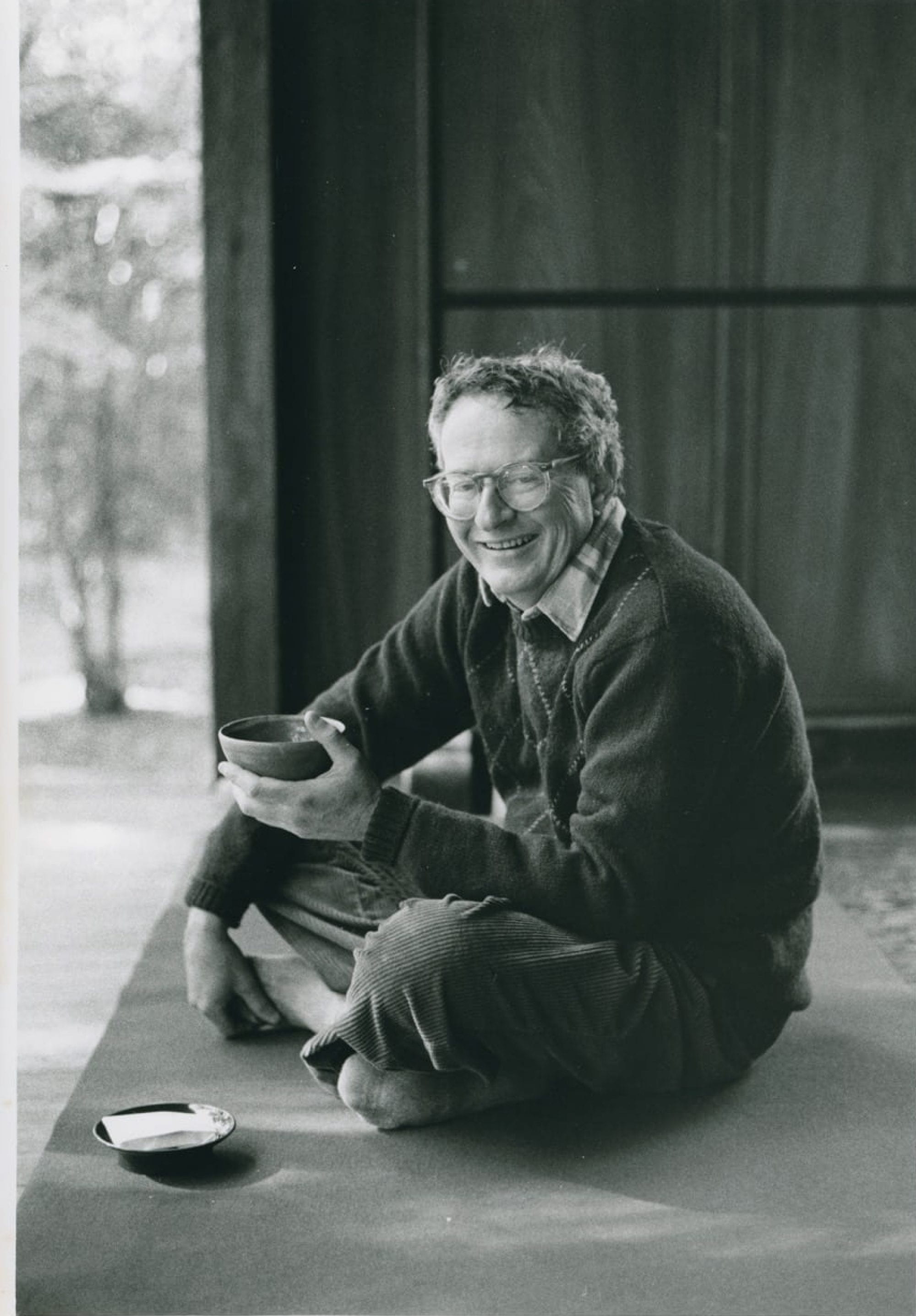Artist: Utagawa Toyokuni歌川豊国
Title: Yakusha konote gashiwa 役者此手嘉志和
Date: ca. 1803 (享和3)
Medium: Woodblock printed; ink and color on paper; paper covers
Publisher: Maruya Jinpachi (丸屋甚八)(Marujin, Enjudō)
Location: Kislak Center for Special Collections – Arthur Tress Collection. Box 10, Item 2. See link.
Gift of Arthur Tress
Utagawa Toyokuni’s Yakusha konote gashiwa (1803) consists of 2 volumes in which 24 lower and higher ranked actors are represented, and, like actor prints (yakusha-e), offered the possibility to extend the actors’ expression beyond the stage of the theater. Each volume of the picture-book is composed of 6 double-page illustrations, depicting two types of half-length portraits of individual actors: one on the right page reflecting the actor’s onstage character and one on the left page referring to the actor’s everyday appearance. The first volume of the book contains portraits of many kabuki stars, such as Ichikawa Danjūrō VII and Iwai Kumesaburō (Iwai Hanshirō V). In the second volume we find actors such as Segawa Kikunojō III and Ichikawa Hakuen (Ichikawa Danjūrō V).[1]
Including an actor’s two sides—on-stage and off-stage—can be connected to increased public interest in the actor’s likenesses (nigao-e)[2]. In the 1770s, the first recognizable portraits of actors appeared in Japanese actor prints. This went hand in hand with the introduction of half-length close-up portraits of actors in prints, emphasizing their facial features and expressions.[3] The picture-book itself however, does not refer directly to the actor’s individual names and does not contain any more specific information on the actors themselves.[4] Sometimes the actor’s crest alludes to the identity of an actor: for example, on the cover of the volumes we find the actor crest of Ichikawa Danjūrō ()[5]. Since specific information on the actors is not included, the picture-book was probably intended for readers familiar with kabuki culture.
The Japanese artist Utagawa Toyokuni (1769-1825) is primarily known for his actor prints (yakusha-e) of the kabuki theater, particularly for the high level of individualization that these include. Toyokuni was part of the Utagawa school, founded by his teacher, Utagawa Toyoharu. Thanks to Toyokuni, the Utagawa school came to dominate the world of ukiyo-e with their prints of beauties and actors from the late eighteenth-century through the nineteenth-century.[6] Toyokuni’s students included Utagawa Kunisada and Utagawa Kuniyoshi, also featured on this website.
Another impression of this print is in the Pulverer Collection. Other copies can be found in Hōso Bunko (Nagoya), Iwase Bunko (Nishio City, Aichi Prefecture), Museum of Fine Arts (Boston), National Diet Library (Tokyo), Tokyo National Museum, and University of Tsukuba Library.
Selected Readings
- Andrew Gerstle, Akiko Yano, and Timothy Clark, Kabuki heroes on the Osaka stage 1780-1830 (British Museum Press & University of Hawai’i Press, 2005).
- Hans Bjarne Thomsen et al., Japanische holzschnitte aus der sammlung Ernst Grosse = Japanese woodblock prints from the Ernst Grosse collection (Petersberg: Michael Imhof Verlag, 2018), p. 149.
- Higuchi Kazutaka and Alfred Haft, “No Laughing Matter: A Ghastly “Shunga” Illustration by Utagawa Toyokuni, Japan Review (2013), pp. 239-255.
- Richard Lane, Images from the Floating World: The Japanese Print (Konecky & Konecky, 1978).
- Ryōko Matsuba and Timothy Clark, “Kabuki Actors in Erotic Books (‘Shunpon’),” Japan Review (2013), pp. 215-237.
- Suzuki Jūzō 鈴木重三, Yakusha ehon no kōyō「役者絵本の効用, in Ehon to ukiyo-e『増補絵本と浮世絵』 (Tokyo: Perikansha, 2017), p. 522.
- Timothy Clark, Osamu Ueda, and D. Jenkins. The Actor’s Image: Printmakers of the Katsukawa School (Princeton: Princeton University press, 1994).
Posted by Hilda Groen
October 5, 2019
[1] Yakusha konote gashiwa in Freer Gallery of Art, Washington D.C. http://pulverer.si.edu/node/551/title/1/0, accessed on 19 September 2019.
[2] Matsuba Ryoko, “Kabuki Actors in Erotic Books (Shunpon),” Japan Review (2013), pp. 215–37
[3] Andrew Gerstle, Yano Akiko and Timothy Clark, Kabuki Heroes on the Osaka stage 1780-1830 (British Museum Press & University of Hawaii Press, 2005), p. 41.
[4] Yakusha konote gashiwa. http://pulverer.si.edu/node/551/title/1/0, accessed on 19 September 2019.
[5] Richard Lane, Images from the Floating World: The Japanese Print (Konecky & Konecky, 1978), pp. 205-206.
[6] Kazutaka Higuchi and Alfred Haft, ‘No Laughing Matter: A Ghastly “Shunga” Illustration by Utagawa Toyokuni’, Japan Review (2013), pp. 243-244.


